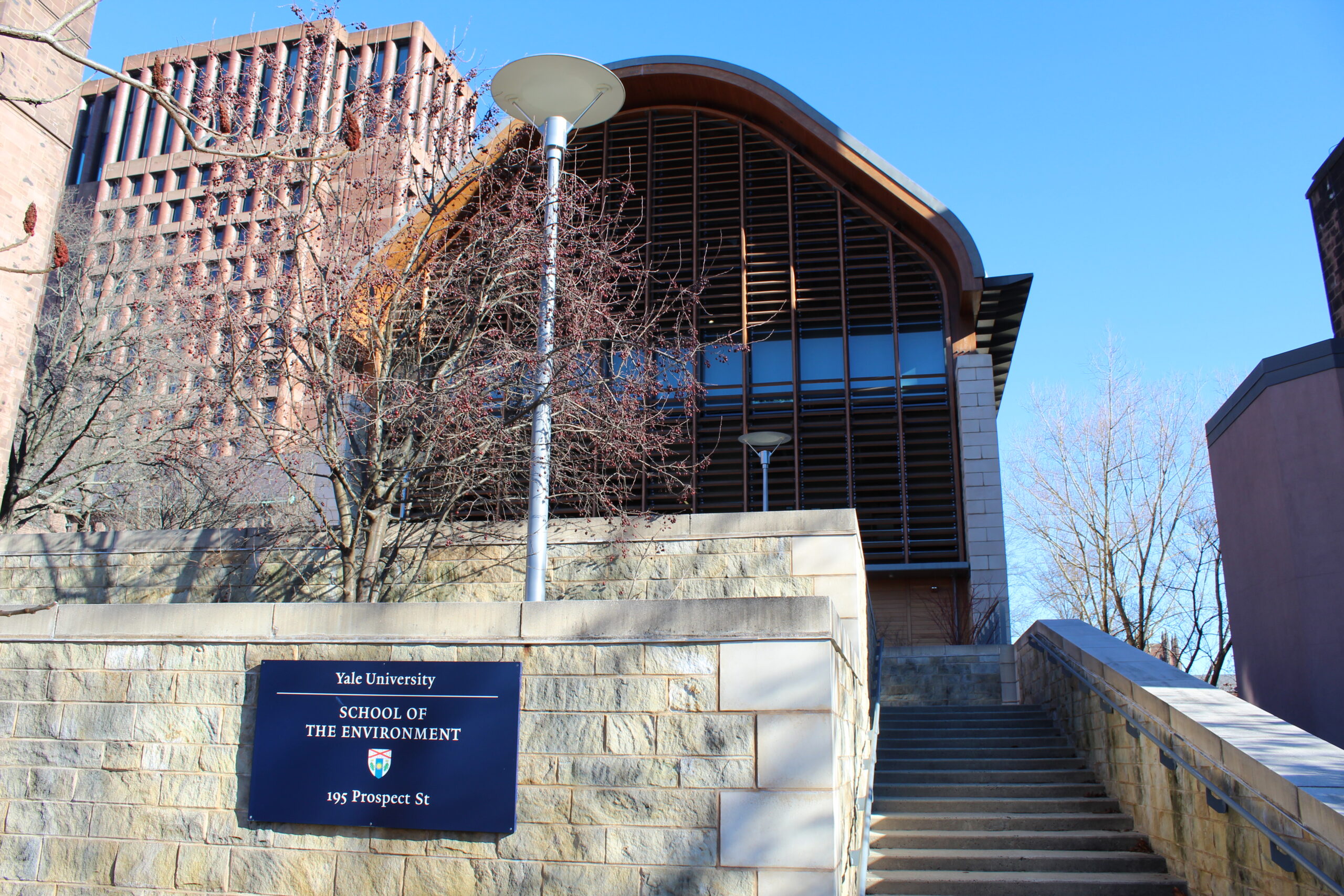“Fighting fire with fire”: Yale experts on prescribed burns and LA blazes
As wildfires become metropolitan phenomena, controlled, artificial burning may reduce the risks.

Paul-Alexander Lejas
Fires in Los Angeles aren’t “just some apocalyptic, cataclysmic act of God,” Dr. Jennifer Marlon, research scientist and lecturer at the School of the Environment, believes. “This is a human-caused disaster.”
For centuries, inhabitants of California and other fire-prone areas around the world have used one highly effective technique to reduce fuel: prescribed burns. These low-intensity fires are set voluntarily to clear bush and dead plant matter. When planned well, they can reduce the risk of catastrophic fire in California forests by 60 percent.
Yet in October 2024, the U.S. Forest Service — or USFS — halted prescribed burns in California, citing unfavorable conditions and strained crews.
Controlled burnings typically happen in the fall or spring, when humidity levels and wind circulation are ideal. As the climate warms, Marlon said, this safety window shrinks.
In both 2021 and 2022, USFS ceased prescribed burns nationwide due to unfavorable conditions and limited resources, prioritizing fire suppression over fire prevention.
Prescribed burning’s main function is to prevent large-scale fires, but the practice also maintains healthy wildlife, said Marlon, who researches sediment records and public perception of fire.
“In a healthy ecosystem out west, it’s completely normal for lightning to set off a fire — even a very high severity fire,” Marlon said. “Within a few weeks, you can go back into the burned area and see all this fresh green growth sprouting up. These trees and plants evolved with fire over millions of years.”
Fire clears away pests and disease, allows sunlight to reach flowers and herbs in the understory and returns nutrients to the soil, she added. Some Californian species are even coated in flammable oils. Dr. Leandro Maracahipes, an associate research scientist who studies fire-prone ecosystems at the School of the Environment, said that most native plants are not killed in prescribed burns.
But plants are not what is burning in Los Angeles, according to Marlon.
The Pacific Palisades, where the first of four fires ignited, sits on the border of two distinct types of land: densely populated residential neighborhoods and pristine mountains of Topanga State Park. The two fires that followed, the Eaton and Hurst fires, border the San Gabriel Mountains and Angeles National Park.
“That’s what people call the wildland-urban interface,” Marlon said. “Fire is a healthy natural disturbance. The problem is when you start building houses in these areas, not realizing that burning is actually a natural process in these ecosystems.”
While plants have adapted over millions of years to withstand fire, buildings have not. Surveying satellite images of burned neighborhoods, Marlon found that the trees were intact. It was houses, cars and city infrastructure that burned.
Consequently, the smoke spreading through Los Angeles is composed of chemicals far more toxic than plant matter ash.
In prescribed burns, “you can control what’s burning,” Marlon said, making the technique crucial for preventing fires in urban areas. She hopes the coming weeks will bolster public support for prescribed burns and other preventative efforts.
“We have a lot more work to do to help people understand that we have to figure out ways to live with fire, or we’re going to end up in more situations like this,” she said.
Maracahipes stressed the importance of cooperation with Indigenous communities of California, who have practiced prescribed burns and effective fire management for far longer than U.S. fire agencies.
Both experts stressed that climate change will necessitate careful management of California landscapes as weather patterns become less predictable.
Even increased rainfall can contribute to wildfires. From 2022 to 2024, LA experienced the second-wettest two-year season on record.
“Above-average rainfall promotes greater biomass accumulation, which consequently leads to higher-intensity fires. These increased rains likely led to a higher biomass accumulation,” Maracahipes said.
Prescribed burning could have reduced this excess fuel in forests, thus decreasing the intensity of wildfires.
As crews are called more often to fight fires in diverse regions of the country, the labor and money allocated toward fire prevention may dwindle, Marlon predicted. And while fire is essential to California ecosystems, she said, the fires affecting Los Angeles are far from natural.
Fire management is further complicated when natural areas are artificially divided among different stakeholders. Only 3 percent of forested land in California is owned by the state; the majority is federally or privately owned. As a result, cooperation is a challenge.
Public agencies may also not be willing to take responsibility for the risks associated with prescribed burns — even if the long-term outcome is positive.
In 2019, a prescribed fire planned over years and funded by the Sierra Nevada Conservancy broke into a small wildfire in Northern California, when weather conditions shifted quickly. The fire was contained in under two weeks.
Two years later, the catastrophic Caples Fire swept through the region. Even as winds pushed flames toward the previously burned area — which bordered a residential community — the fire slowed and changed course.
Despite the risks, Marlon said, prescribed burns are one of the best tools with which California is equipped to prevent fires of catastrophic scale.
“It’s fighting fire with fire,” Marlon said.
The spread of Los Angeles fires is reported at fire.ca.gov.







